Kenya Timani Little Tomato Coffee Story _ how to drink Kenya Timani Girl Coffee beans?
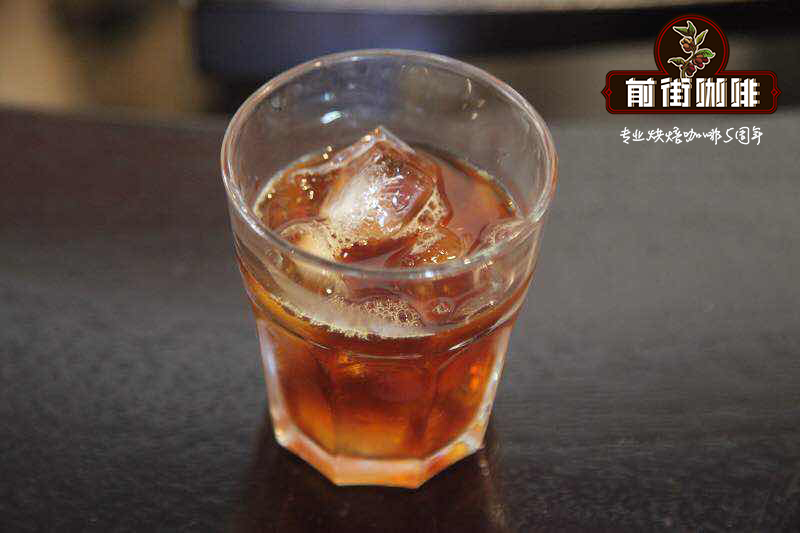
Professional coffee knowledge exchange more coffee bean information please follow the coffee workshop (Wechat official account cafe_style)
Kenyan coffee is a longing for Qianjie. Kenya, as one of the African boutique coffee producers, is famous for its extremely bright and sour quality. All Kenyan coffee is conquered by BlackBerry-like acidity, similar to red wine taste, full-bodied and rich, especially with a blackcurrant-like finish. As one of the representatives of boutique coffee, Kenya's acid is polarized, there are many people who are obsessed with the acidity of black plum wine, and there are many people who spit on the acid too much. However, this will not change one of the recommendations for guests in Qianjie, because the coffee journey in this country is so glorifying!
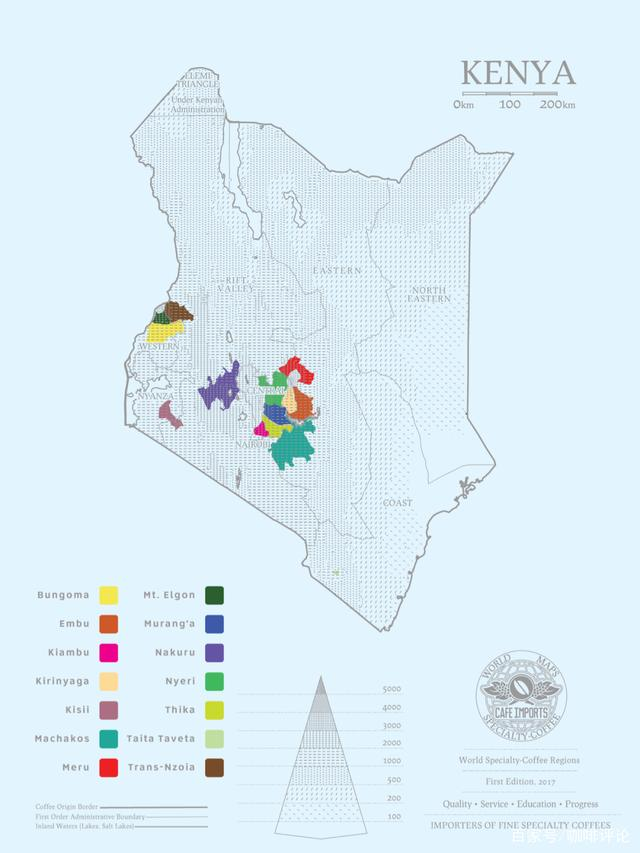
Lili production area has always been a favorite coffee production area in Qianjie, and the Ndima-ini Factory Ntagni processing plant is a member of Gakuyu Farmers Cooperative Society (FCS). Ndima-ini AA (Kenya) from Maine Portland Tandem coffee belongs to coffee with typical Kenyan fruit flavor.
Kenya Coffee Gikanda Ndimaini Ntami Farm is jointly organized by several small farmers, together with Kangocho and Gichathaini, to form the Gikanda Cooperative, located in Nyeri District, with an average elevation of about 1700-1900 meters above sea level, and handed over to its own Kangocho treatment plant for exquisite treatment. Small farmers grow the traditional unimproved traditional variety SL28,SL34, use hand-picked fully ripe cherries for water treatment on the same day, and rub the silver skins with parchment before shipment. The Ndima-ini factory is part of the Gakuyu cooperative, which broke away from the large Mathera cooperative in 1996 and became its own family. The Gakuyu cooperative has only two factories, Ndima-ini and Kirigu, and employs 1800 people. The name of the Kirigu factory is taken from the name of the Kirigu River, which supplies water and treats coffee fruits near the factory. Over the past 20 years, about 850 small farmers have brought ripe coffee fruits to the Ndima-ini factory and handed them over to plant manager John Kamau.
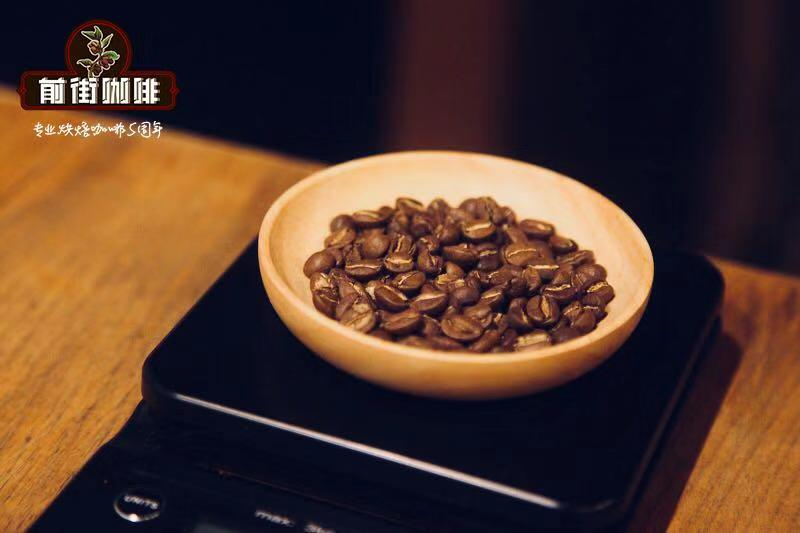
Variety (sl28, sl34)
In the 1930s, the newly established Scott Labs, commissioned by the Kenyan government, selected the varieties suitable for the country. 42 primary varieties were numbered and screened one by one, and finally got SL-28 and SL-34. The former comes from Bourbon, and SL-34 comes from iron pickup, which is not a series of varieties. At the beginning, the goal of breeding SL28 was to produce a large number of coffee beans with high quality and resistance to diseases and insect pests, but in some producing areas, the goal of breeding was mainly high yield and disease resistance, without considering disease resistance. Thanks to the bourbon gene, although the later SL28 yield was not as expected, the copper leaf color and broad bean-shaped beans have great sweetness, balance and complex flavor, as well as significant citrus and black plum characteristics. SL34 is similar to SL28 in flavor, with a softer and cleaner finish than SL28, except for its complex acidity and great sweetness. SL34 is of iron pickup blood. The appearance of beans is similar to that of SL28 and is more suitable for rainforest growth.
It turns out that the former is highly rated, usually with blackcurrant-like acidity and complex flavor, while the latter is slightly inferior, but also has an eye-catching fruit flavor. These two varieties, which currently account for 90% of Kenya's production, have become generally recognized representatives of Kenyan coffee varieties, and South America is also actively introducing SL28 as a planting variety.
Qianjie coffee cup test
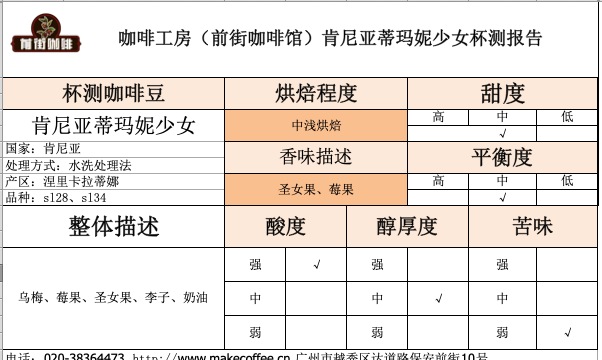
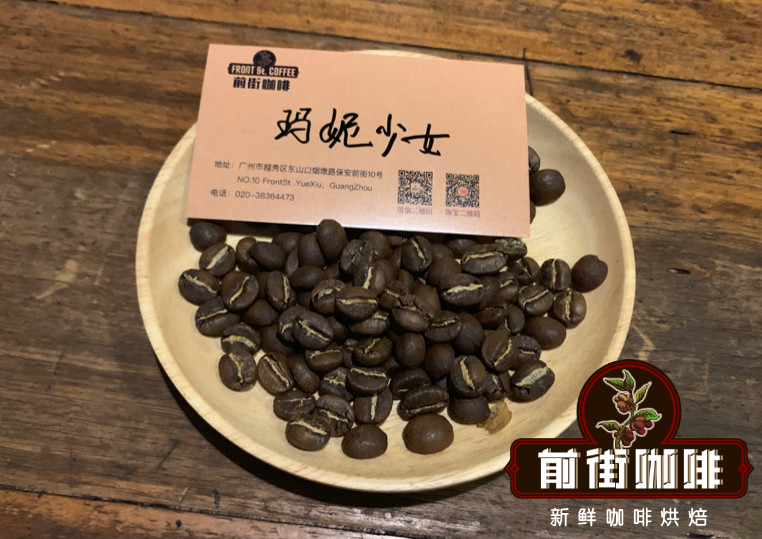
AB, a young girl from Timani, Kenya
Production area / processing plant: Ndima-Ini/Nyeri
Grade: AB Top micro-batch Karadina
Variety: SL28&34
Treatment: 80 hours of washing and fermentation
Flavor: BlackBerry, red currant, honey
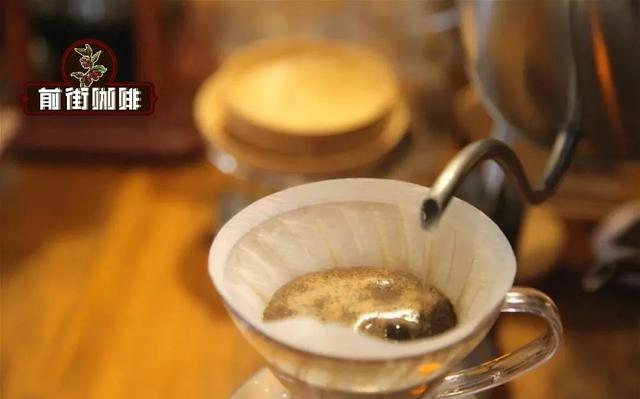
Qianjie coffee brewing parameters filter cup: Hario V60 water temperature: 90 ℃ powder quantity: 15g powder / water ratio: 1glued 15ram 1purl 16 grind degree: medium fine grinding (BG 7T: Chinese standard No. 20 sieve pass rate 58%)
Cooking techniques: staged extraction with 30 grams of water for steaming for 30 seconds, small water injection round the circle to 124 grams for stages, water level drop to 227 grams when the powder bed is about to be exposed, remove the filter cup when the water level drop is about to expose the powder bed, (steaming starts timing) the extraction time is 2 minutes 39 percent 00 ".
Flavor: the palate has berries, nuts, black plum, cream and a hint of tomato at the end.
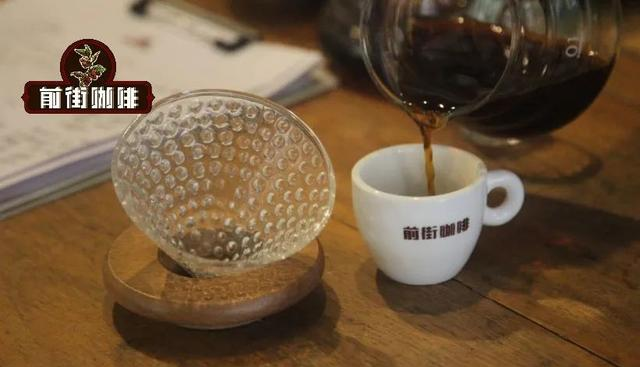
END
Important Notice :
前街咖啡 FrontStreet Coffee has moved to new addredd:
FrontStreet Coffee Address: 315,Donghua East Road,GuangZhou
Tel:020 38364473
- Prev
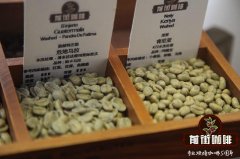
How to buy coffee beans in Kenya Bora?
Professional coffee knowledge exchange More coffee bean information, please pay attention to coffee workshop (Weixin Official Accounts cafe_style) Kenya bora AA from Kenya Coffee Gilenia Mountain, washing It has a wonderful, satisfying aroma, balanced acidity, well-proportioned particles and excellent fruity notes. Very unique taste, multi-layered taste and acidity of juice, finish
- Next

El Salvador | San Amelio Manor San Emilio peeling and sunbathing [bourbon] wind
Professional coffee knowledge exchange more coffee bean information please follow the coffee workshop (Wechat official account cafe_style) El Salvador | San Amelio Manor San Emilio peel sun treatment [bourbon] flavor? CAFECO was founded in 1972, and the founder of the coffee industry in El Salvador dates back to the 1880s. ATAPASCO, the main processing plant of CAFECO, is sa
Related
- Detailed explanation of Jadeite planting Land in Panamanian Jadeite Manor introduction to the grading system of Jadeite competitive bidding, Red bid, Green bid and Rose Summer
- Story of Coffee planting in Brenka region of Costa Rica Stonehenge Manor anaerobic heavy honey treatment of flavor mouth
- What's on the barrel of Blue Mountain Coffee beans?
- Can American coffee also pull flowers? How to use hot American style to pull out a good-looking pattern?
- Can you make a cold extract with coffee beans? What is the right proportion for cold-extracted coffee formula?
- Indonesian PWN Gold Mandrine Coffee Origin Features Flavor How to Chong? Mandolin coffee is American.
- A brief introduction to the flavor characteristics of Brazilian yellow bourbon coffee beans
- What is the effect of different water quality on the flavor of cold-extracted coffee? What kind of water is best for brewing coffee?
- Why do you think of Rose Summer whenever you mention Panamanian coffee?
- Introduction to the characteristics of authentic blue mountain coffee bean producing areas? What is the CIB Coffee Authority in Jamaica?

